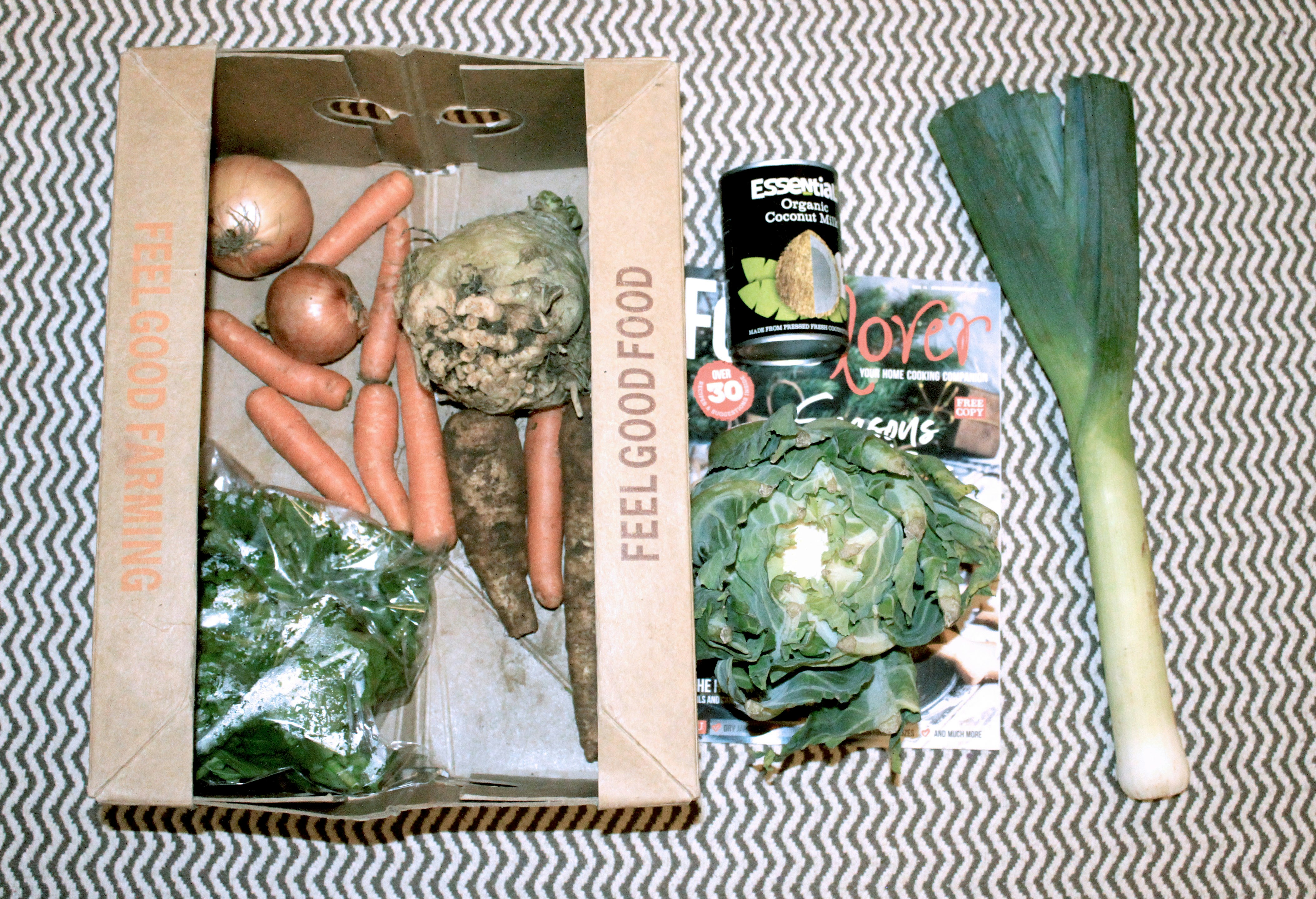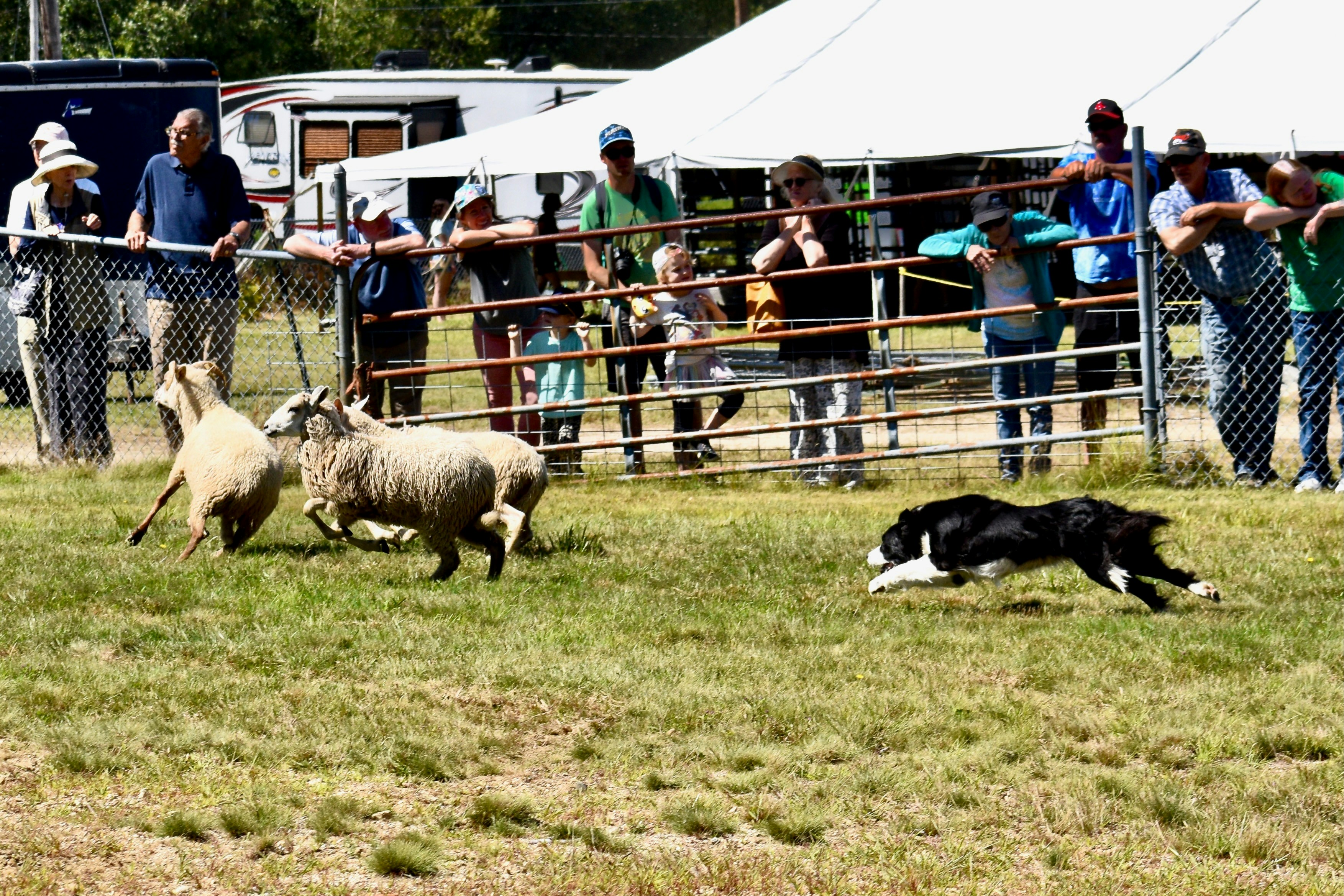1. The Foundations of the Ecological Ecosystem
Organic livestock farming is not just a green label; it is a production model and a set of practices that combine tradition with the production of healthy, locally sourced and sustainable food. The main goal of organic production is threefold: to protect the environment, maintain soil fertility, and ensure animal welfare, providing food that is healthy, local, and fully traceable.
The Big Difference: In Sheep Farming, There *Is* a Difference
In the sheep farming sector, the distinction from conventional livestock production is particularly evident in the extensive meat sheep farming, where the foundation is the grazing and the rational use of natural resources.
In dairy sheep farming, the practical differences are more subtle, though still important: exclusive use of certified organic feed, restrictions on veterinary treatments, and mandatory integration of production with the land..
The organic model requires livestock farming to be integrated within the agricultural ecosystem, always prioritising animal welfare and prohibiting the use of growth hormones, preventive antibiotics, and genetically modified organisms (GMOs).
La lactancia natural es la norma, aunque la artificial puede autorizarse únicamente en casos justificados y con leche ecológica o de la misma explotación.
📘 Reference:: Regulation (EU) 2018/848 of the European Parliament and of the Council on organic production and labelling of organic products (OJ L150, 14.6.2018).
Certification: The Legal Pillar
To market a product as “organic”, the farmer must undergo a conversion and certification process supervised by authorised bodies (such as the Aragonese Committee for Organic Agriculture – CAAE or the Spanish Ministry of Agriculture, Fisheries and Food – MAPA).
Key aspects:
- Conversion period: a minimum of 2 years for the land and 6 months for sheep.
- Origin of animals: preference is given to native or locally adapted breeds; up to 20% of conventional animals may be authorised under specific conditions.
- Full traceability: from feeding to slaughter in certified organic abattoirs.
🔗 Source: Ministry of Agriculture, Fisheries and Food (MAPA), “Organic Production in Spain”, 2024.
2. Feeding and Regenerative Grazing: The Nutritional Foundation
In organic livestock farming, feeding is the heart of the system and one of the main differences in both cost and management.
- Mineral supplements: only those of natural origin listed in Annex II of Regulation (EU) 2021/1165 are permitted.
- Pastures and forages: must be 100% organic, sourced from the farm itself or from nearby certified holdings.
- Legumes such as alfalfa or vetch are essential for their protein content and ability to fix atmospheric nitrogen.
All feed (pastures and concentrates) must be certified organic. Ruminants require high-quality forage, with legumes playing a key role in providing nitrogen and protein. Additionally, salt and vitamin supplements must be of natural origin and authorised for use in organic livestock production.
Grazing: Regenerative vs. Destructive
Rotational or regenerative grazing not only improves soil health but also breaks parasite cycles and enhances long-term productivity.
- Ideal rotation: no more than three days in the same paddock. Grazing must be carefully planned — the key factor is not stocking rate, but time spent in each area.
- Maximum stocking rate: the regulation sets a limit of 170 kg of nitrogen per hectare per year (approximately 30 ewes/ha).
- Recommended tools: electric fencing, portable drinkers, and mobile enclosures are essential for effective regenerative grazing.
🌱 Inspired by the principles of the FAO on silvopastoral and regenerative systems (FAO, 2022). Pasture management ultimately defines both the profitability and sustainability of the system.
Animal Health and Welfare: The Rule of Prevention
Animal welfare is the central pillar of organic livestock farming, and the health approach is based on prevention rather than intervention. Housing, nutrition, and stress management are key components.
Essential Standards
- Preventive and hormonal treatments: prohibited. Nutritional deficiencies cannot be masked with chemical inputs.
- Use of conventional medicines: allowed only when strictly necessary, and withdrawal periods must be doubled before products enter the food chain.
- Housing conditions: animals must have permanent access to the outdoors, natural light, and sufficient space.
Main Health Challenges
- Gastrointestinal parasitosis: controlled through rotational grazing and coprological analysis; ivermectins should be avoided due to their negative impact on soil fauna.
- Mastitis requires strict hygiene and use of the California Mastitis Test.
- Neonatal diarrhoea: prevented through cleaning, disinfection, and maintaining dry bedding before lambing.
📖 Technical reference: FiBL (Research Institute of Organic Agriculture, 2023), “Organic Sheep and Goat Production.”
4. Profitability, CAP and Technology: The New Smart Livestock Farming
Being organic and profitable is possible, but it requires professional management, data control, and a solid marketing strategy. However, greater social awareness, increased financial support, and reduced bureaucracy are still needed.
PAC and Agri-Environmental Payments
Organic livestock farming is aligned with the Common Agricultural Policy (CAP) agri-environmental schemes, which usually offer higher payments, calculated per hectare rather than per head.For example, in Aragon (Spain), a farmer can receive around €25,350 extra for 666 ewes compared to a conventional CAP scheme,representing an increase of nearly 30%.
Record-Keeping and Abattoirs
Certification audits require regular and detailed record-keeping, though this becomes straightforward with habit:
- Farm record book: documenting all animal entries and exits.
- Feeding record: pastures, concentrates, and quantities used.
- Sales and purchases register: animals sold and raw materials purchased.
The certified abattoir is a crucial element in the sale of organic meat. Mobile abattoirs (as seen in Catalonia) are an emerging solution to improve animal welfare and product quality.
The AI Revolution
Technology is an essential ally for profitability and efficiency:
* Monitoring with Smart Collars:GPS and accelerometer devices track animal behaviour (rumination, rest, grazing). Artificial intelligence detects abnormal patterns, alerts farmers to early signs of disease before visible symptoms appear, and optimises breeding by identifying unproductive males.
* Satellite AI:image analysis tools (such as Artza-AI) accurately estimate available biomass, allowing precise rotational planning and ensuring adequate pasture recovery.
* Data management systems:integrate nutrition, health, and production data in real time.
The main challenge is that the ECO label for lamb meat is complex, as conventional pasture-raised lamb is already perceived as “natural.” It is necessary to invest in EDUCATION so that consumers understand why organic pasture-raised lamb is different (in taste, animal welfare, and sustainability) and are willing to pay the added value.
References:
- Regulation (EU) 2018/848 on organic production.
- Regulation (EU) 2021/1165 on substances permitted in organic livestock farming.
- Ministry of Agriculture, Fisheries and Food (MAPA), 2024.
- FAO – Sustainable Livestock Production Systems, 2022.
- FiBL – Organic Sheep and Goat Production, 2023.
- Webinar: “Organic Sheep Farming in Aragon”, Aragón Ecológico, 2024.



